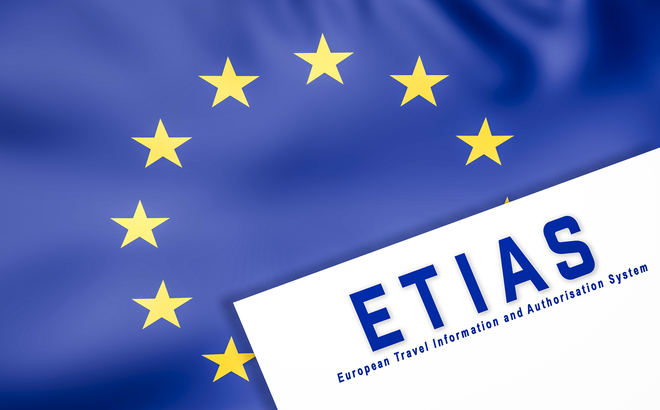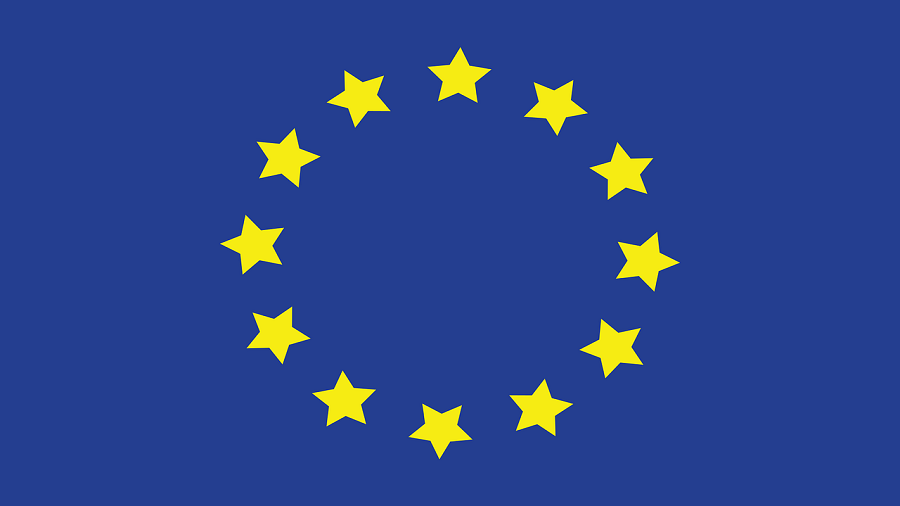Schengen visas
What is Schengen?
The Schengen Zone or Area is an area comprising 26 European countries that have officially abolished all passport and other types of border control at their mutual borders. The area mostly functions as a single jurisdiction for international travel purposes, with a common visa policy. The area is named after the Schengen agreement of 1985, signed in Schengen, Luxembourg.
EU citizens do not need visas to enter the Schengen Zone as most of them already live in a Schengen country. Countries outside of the EU can require a visa to enter the Schengen Zone, those who currently don't need a visa will need to have an ETIAS from 2023 onwards.
ETIAS
ETIAS stands for European Travel Information and Authorisation System. The European Union has created this programme to protect and strengthen its borders.
The European Union’s Electronic Travel Information and Authorisation System (ETIAS) is now expected to launch in the last quarter of 2026. All visitors that don't currently need a visa to enter Europe will be expected to register with ETIAS. This will grant them authorisation to visit all countries that compose the Schengen Zone. It has been designed for short-term stays for Business, Tourism and Transit.
ETIAS is a visa waiver, similar to the ESTA visa waiver for the USA. It will be a multiple entry waiver, valid for a period of 3 years and allow visits of up to 90 days, in any period of 180 days.
This electronic visa waiver grants travellers authorization to visit the 30 european countries listed below:
Austria, Belgium, Bulgaria, Croatia, Cyprus, Czech Republic, Denmark, Estonia, Finland, France, Germany, Greece, Hungary, Iceland, Italy, Latvia, Liechtenstein, Lithuania, Luxembourg, Malta, Netherlands, Norway, Poland, Portugal, Romania, Slovenia, Slovakia, Spain, Sweden, Switzerland.
Schengen Visa Digitalisation
Following the recent adoption of new visa rules by the Council, travelers to the Schengen area will soon have the convenience of applying for their visa online.
While these provisions will not be immediately applicable and will take several years to implement, this marks a significant step in making the Schengen visa application process easier, more secure, and less vulnerable to theft and fraud. The traditional sticker will be replaced by a modern cryptographically signed barcode.
Here's what to expect:
Application Process:
Applicants for a Schengen visa will need to present themselves at the Consulate to enroll their biometric data or renew it after five years or when applying with a new travel document.
Modernizing International Travel:
The new visa rules aim to modernize, simplify, and harmonize visa procedures through digitalization.
This will benefit both third-country nationals applying for a Schengen visa and EU Member States processing these requests, streamlining applications and reducing costs for all parties.
The transition to a digital visa will mitigate risks associated with physical visa stickers, such as falsification, fraud, and theft.
Future of EU Visa Applications:
The future single EU Online Visa application platform is set to launch in 2028, allowing sufficient time for development and testing.
The digital visa will be introduced when the platform becomes operational, providing a seamless application process regardless of the Schengen country you wish to visit.

How does it work?
-
Step 1 Start your application online on our website.
-
Step 2 You will then see which documents are necessary for your application.
-
Step 3 Send all of the documents to us digitally.
-
Step 4 We will process your application with the EU.
-
Step 5 We then ensure that you receive your visa as quickly as possible.
